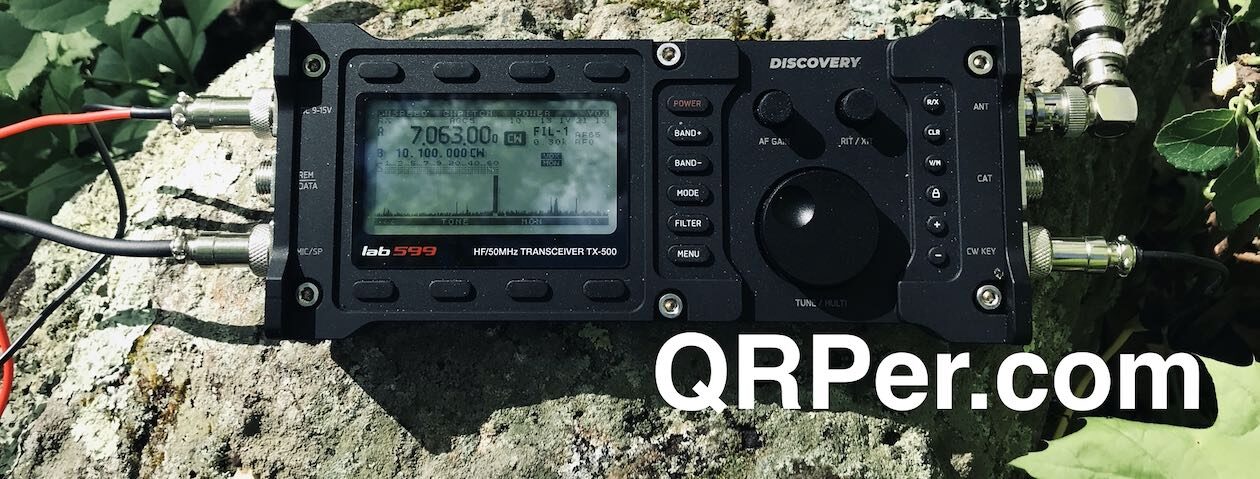 Here are some more details I’ve collected on the newly announces Elecraft KX3 ultra-portable transceiver. According to Elecraft, a product brochure will be available soon.
Here are some more details I’ve collected on the newly announces Elecraft KX3 ultra-portable transceiver. According to Elecraft, a product brochure will be available soon.
Dimensions: 3.5″H x 7.4″W x 1.7″D — a bit larger in all dimensions
than a KX1.
The KX3 will have a mobile-mount bracket–it will be covered in the to-be-product brochure.
RX-mode current drain ~150 mA. Very efficient on TX, with dual-output-impedance 5W/10W PA.
The optional 100W amp is in an external chassis. The internal amplifier is 10W with switchable impedance matching so it can also operate with maximum efficiency at 5W.
PA output impedance switch allows efficient 5-W use from internal batteries, or 10 W from external supply.
100 W+ with new high-performance external amp/ATU that works with most 5W to 10W rigs.
Questions from emails reflectors–answers by Elecraft:
>Same flat layout as the KX-1 – just bigger box I would assume????
Yes, but with new fold-up rear tilt-feet.
>…and a K3-like front panel, including the same LCD.
>
> And it makes use of EVERY display on that LCD?? Carumba!
Not quite. I think there are a couple annunciators that are not used. But it’s amazing that the design team managed to fit almost all the features of a 10W K3 into a box that is a small fraction of the size and weight. And with space left over for an internal battery pack!
By the time we’re done, we’ll be using every icon.
Totally different architecture than the K3, of course. (Wayne N6KR)
> More $$$ or less $$$ that the regular K3?
Much less.
> Dual output impedance 5w/10w pa? I don’t understand.
The MOSFET 10-W amp stage includes an output transformer with both 1:4 and 1:1 windings. When using low power, or when running from internal batteries, the 1:1 winding is used, which optimizes efficiency at about 5 W, greatly reducing transmit current drain. The 1:4 winding is used when running higher power (using an external supply).
> One email said 10w/100w models. Is that correct?
The 1.5-pound radio itself puts out 10 watts+. We’ll also be describing a new, high-performance 100-watt+ companion amplifier/ATU for fixed-station/mobile use. It will work very well with other 5 to 10-W radios besides the KX3.
(Source: from various internet sites but primarily through Elecraft and QRP-L reflectors.)
 The NAQCC Sprint is a monthly event that caters to the CW veteran, the CW newcomer, straight key and bug fans. All are welcome to participate (this includes QRO); but you must use QRP power levels to compete for awards.
The NAQCC Sprint is a monthly event that caters to the CW veteran, the CW newcomer, straight key and bug fans. All are welcome to participate (this includes QRO); but you must use QRP power levels to compete for awards.











